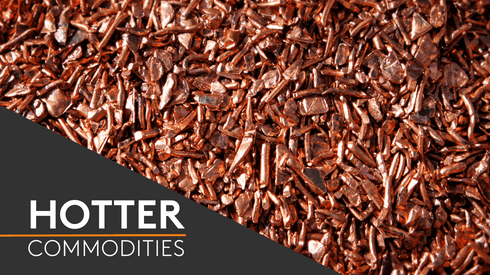On one side of the world, BHP Billiton decides to scrap a $20 billion copper project, downsizing its prospective portfolio by more than 500,000 tpy in response to weaker conditions in commodities markets and higher costs in the mining industry.
On another, Anglo American and Codelco end a bitter battle over a prized Chilean copper asset, with the latter taking half the stake it was entitled to under a decades-old purchase option, albeit for less than one-third of the price Mitsubishi had agreed to pay for the stake ten months earlier.
BHP’s decision was seen by some concerned politicians in Australia as a warning sign that the commodities boom of the past decade is over, while the Anglo-Codelco deal showed just how keenly copper producers still desire mining assets that will strengthen their portfolios.
On the surface, these two stories suggest that the world’s largest miners hold conflicting views on the outlook for the copper market.
But looking at comments made by Codelco, Anglo or BHP, it is clear that they still view the market favourably over the long-term, even as revenues from the red metal fall.
For BHP, the risk that the already massive investment would over-run further outweighed the rewards. In addition, in the past year it has come to view a three-fold increase in uranium output at Olympic Dam as more of a burden than a benefit.
Cash flow was key issue
BHP chairman Jacques Nasser has said previously that the mining industry now has “more projects than cash flows”; with cash flows diminishing, Olympic Dam was not the right project to pour cash in to.
But if BHP could have taken hold of a stake in Anglo American Sur for the price Codelco paid, it would surely have jumped at the chance.
Observers have claimed there were no winners or losers in the AAS spat, but if Codelco does not view the settlement as a clear-cut victory, securing new supply so cheaply will still come as a relief.
It can now get back to tackling a problem familiar to all copper miners at this apparently late stage in the commodities supercycle, namely securing land, power, labour and equipment at a manageable price.
Mark Burton
mburton@metalbulletin.com
Twitter: @mburtonmb




